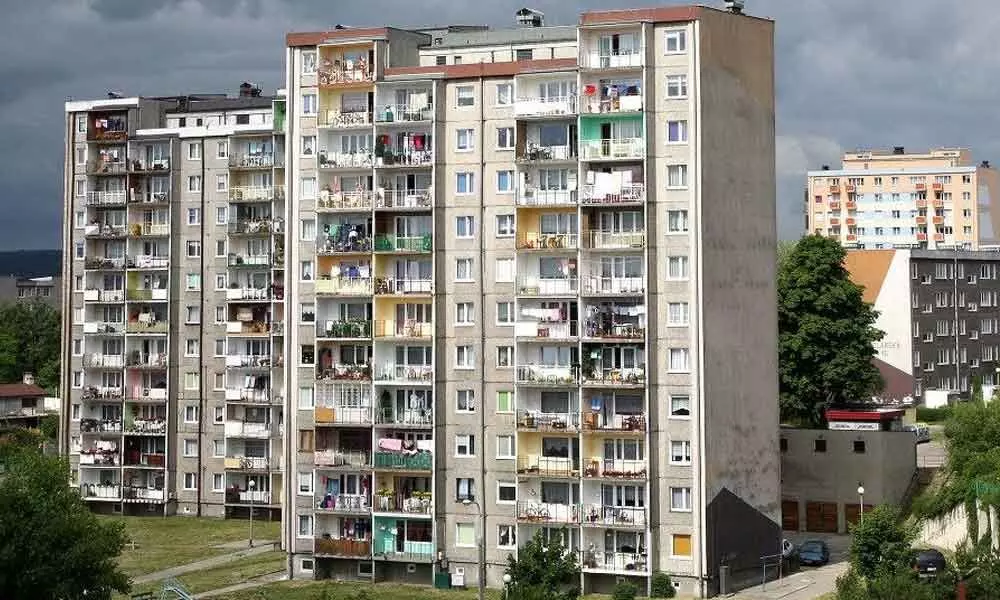Urban housing shortage on the rise
image for illustrative purpose

Kumud Das/Mumbai: Urban housing shortage has increased in 2018 compared to 2012. In 2012, urban housing shortage of 18.78 million units affected about a quarter of urban households. About 96 per cent of this shortage was accounted for by housing for low-income groups, says a study by Indian Council for Research on International Economic Relations (ICRIER).
In 2018, urban housing shortage based on the number of physically inadequately housed households was 29 million, 54 per cent higher than 2012. Congestion emerges as the primary cause of physical inadequacy in housing.
The per capita floor area of congested households declined from 111 sq ft in 2012 to 83 sq ft in 2018, signalling the urgent need to address congestion, the report says.
Moreover, standalone housing policies are not the best housing solution for low-income households, says the report which has jointly been authored by Debarpita Roy and Meera ML.
"In the wake of very high price-to-income ratio in cities, households are left with no choice but to accept lower housing standards to make it affordable," says Amit Patel, who teaches at McCormack Graduate School of Policy and Global Studies, University of Massachusetts Boston.
The shortage has been almost exclusively confined to EWS and LIG households. Employing the latest available nationally representative household data on housing conditions, the study finds EWS and LIG households' demand for housing to be price and income inelastic.
Commenting on this Patel said that limited land supply in urban areas crowd out the low-income households. Our housing markets are dysfunctional both for ownership and rentals especially for the urban poor. There needs to be, he said, a plethora of mechanisms in place for encouraging markets to provide housing solutions for urban poor.
Further analysis reveals these households have accepted congestion in housing as a way of life, making the task of addressing housing inadequacy a challenging prospect. The study recommends housing policies for low-income households - should work in tandem with efforts to improve their health, education, and livelihoods; focus on rental housing for the most vulnerable economic groups among low-income households; and incentivise incremental housing to address congestion.
Slum housing has been a key focus area of housing policy. Considering homeless households, non-slum households living in physically inadequate houses and slum households, the estimated number of inadequately housed households in 2018 works out to a maximum of 47.3 million or 41 per cent of urban households.
The findings also highlight the need to think beyond traditional standalone price-based 'housing policies' and focus on a more holistic approach encompassing access to basic services, health, education, employment and established social networks.
The study finds that the issue of congestion can be addressed by constructing one more room in houses occupied by 17- 18 million households, and by constructing two or more rooms in houses occupied by 2 million households. Improvements and repairs might also address the issues of obsolescence plaguing an estimated 3.5 million non-slum households.

